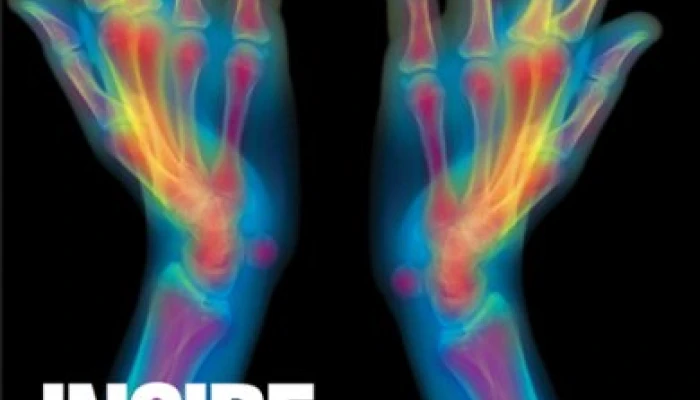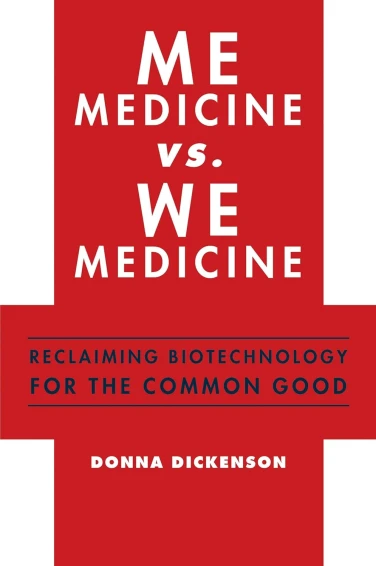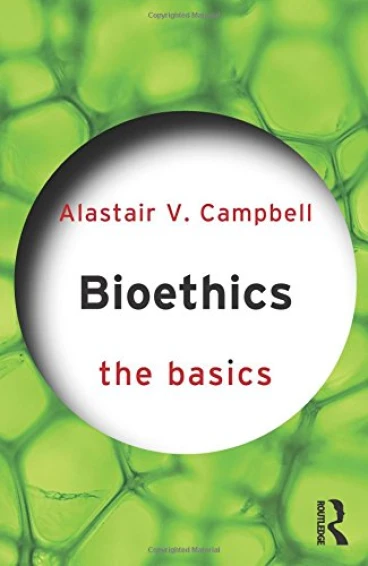
Author: Susan Greenfield
Publisher: Cassell Illustrated
Format: Hardback 288 pages
ISBN: 9781844035007
£11.89 - List price: £16.99
For those of us who spend our time thinking about, talking about, and arguing about biopolicy, this book issues a refreshing call to take a moment appreciating the complex magnificence of the human body. From simple x-rays of the ankle to wonderfully detailed scanned electron micrographs of fallopian tubes, a full range of imaging techniques are demonstrated in this richly coloured gallery of the human body. This collection of images, stripped of the sophisticated educational or diagnostic purposes that biomedical imaging so often bears, encourages readers – young or old, expert or lay – to look afresh at the bodies we inhabit.
The book is divided in to four principle sections – Cells, Tissues, Systems and Brain and Senses – each being further divided according to categories that would not be out of place in an elementary medical text-book. Short captions, describe the images in a short and simple style, accessible to those without scientific training. For example one reads: “Millions of red blood cells pack a vein in the liver. Produced in the bone marrow at the rate of about 200 billion a day, red blood cells carry oxygen and carbon dioxide to and from body tissue. Unlike most cells, they do not possess nuclei and cannot reproduce. The life span of a red book cell is about 4 months.” These simple captions are not intrusive, and allow the book to be accessible to all without detracting from the complex beauty of the images.
The short introduction describes the various imaging techniques used in the book, and places many in historical context. From the 17th century invention of the microscope, to the development of MRI and CT scans in the 1970s, one is reminded that the privilege of gazing inside the body is a cultural achievement. For this reason, Inside the Body, is not solely about the ‘natural’ body, seen in primordial glory. The very colours of the images also pay testimony to the vibrant synergy that has been developed between body and culture, between scientific endeavour and artistry. These pictures are emphatically cultural artefacts, a collaboration not just between technology and the natural body, but between a vast host of professions from research physicists and lab technicians, to medics and IT programmers.
The exquisite beauty of this book allows it to appeal to both scientific and lay audiences. In this context Susan Greenfield, renowned for her work at public engagement in science, is a particularly appropriate choice of author for the foreword. One is left wondering if the public engagement in science movement can make further use of awesome beauty to draw scientists and public together in humbled respect both for our human bodies and the traditions of social collaboration that offer these bodies afresh to our gaze.










